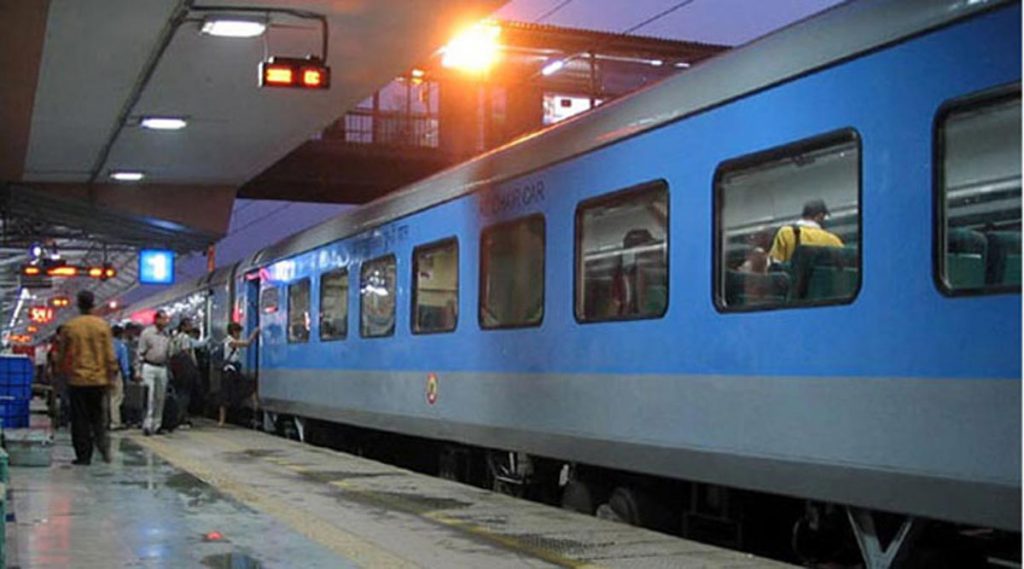New Delhi: The Indian Railways is all set to rework the flexi-fare scheme in about one-third of the premier trains with less occupancy rate, railway ministry sources said.
A source told IANS, “The flexi-fare or dynamic pricing scheme is being reworked and a formal announcement on the same can be done over the weekend.”
On September 9, 2016, the railways had introduced flexi-fare for premier trains: 44 Rajdhani, 52 Duronto and 46 Shatabdi Express trains.
Under this, the base fare increases by 10 per cent with every 10 per cent of berths sold, subject to a prescribed limit. There was no change in the existing fare for first AC and economy class.
But on December 19, Railways started providing 10 per cent rebate on any seat left vacant after the preparation of the chart.
Indian Railways’ premium Humsafar Express to replace Garib Rath; journey to get costlier
The source said the national transporter was all set to introduce a new scheme to win back passengers.
Sharing the details about the new railways plan, the source said the officials were planning to give 50 per cent discount for the last-minute bookings for the berths or seats available up to four days before the journey on over 100 trains.
He said that the railways would also give discount of up to 15-20 per cent on booking the tickets which have the accupancy rate below 60 per cent.
In July this year, the Comptroller and Auditor General (CAG) in its report tabled in Parliament highlighted that tickets on the Indian Railways’ premium trains were much higher as compared to airfares.
Coming down heavily on the flexi fare scheme of the Indian Railways, the CAG report said: “For the 120 advance reservation period (ARP) of 120 days, travel by air was found to be cheapest mode in 17 directions of travel.
“In the remaining nine directions though, the air fare was higher and the difference in fare was only up to Rs 600,” it pointed out.
The CAG report also highlighted that for the 60 days ARP, travel by air was found to be cheapest mode in 19 directions for travel and for 30 days ARP, travel by air was cheapest mode in 17 directions.
The report highlighted that the airlines reported growth in number of passengers in 26 directions whereas occupancy in Rajdhani or Duranto Express trains increased only in four directions.
Amritsar train accident: Railways should take the blame, says Dinesh Trivedi
The CAG also pointed out that the flexi fare scheme has led to decrease in ticket sales in all classes except sleeper class of Duronto trains.
Though the railways earned Rs 552 crore from passengers in premier trains after the flexi-fare system (from September 9, 2016, to July 31, 2017), there was de-growth of 2.65 per cent in the number of passengers despite availability of a higher number of berths/seats, which resulted in sub-optimal utilization of national assets.
The CAG also advised the national transporter to finetune the flexi fare scheme so that not only revenue but also the number of passengers increase.
–IANS


















